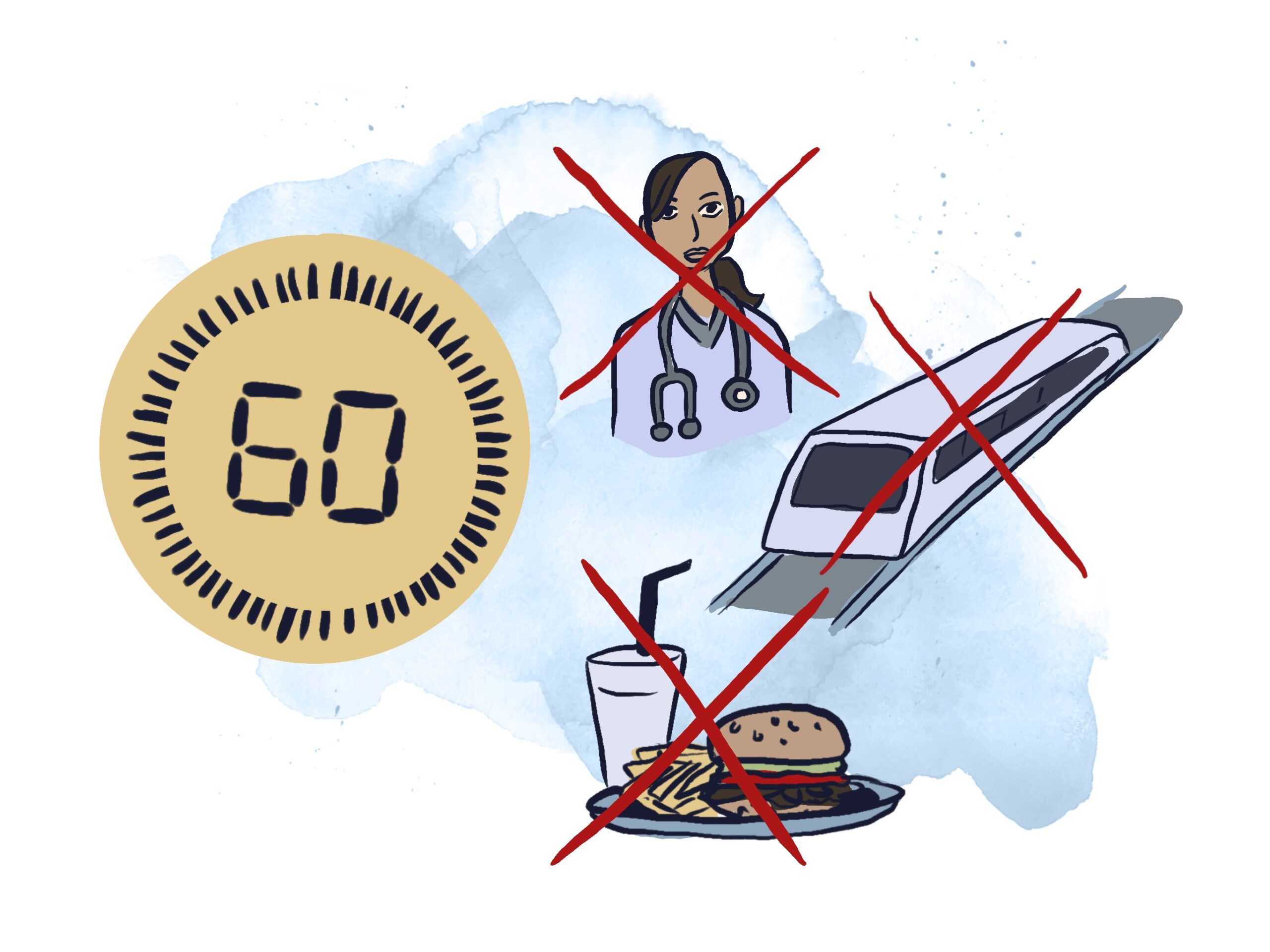Organizing a strike is hard work, but people across the nation want to do something. The U.S. is so large that it’s very hard to pull off a general strike. So organizers aim for a one-minute national strike. At 1 pm EST, all work is to be temporarily stopped for one minute. Doctors go on breaks. Transit halts across the country. Restaurants pause lunch service.


A one-minute “test run” of the strike is held in late 2025. When you walk around your downtown, few people seem to be striking. But when you watch videos from around the country of people, cars, and trucks halting in their tracks on the street, it does your heart good. You watch one bizarre video of traders on Wall Street who seem frozen in the middle of talking. At U.S. ports, bosses complain of lost income and threaten legal action against longshoremen for an unauthorized work slowdown. In a few small towns, businesses who join the protest are vandalized — but mostly, negative response to the strike is muted. It’s a start.
Students at a few college campuses do impromptu walkouts, and workers from some local unions carry out wildcat strikes. But the strike organizers urge people to “keep their powder dry” and coordinate strikes for maximum impact. The threat to Trump is the growth of the movement. You are building power for large-scale national strikes around the country. Emboldened, the national strike organizers announce plans for a longer, 15-minute strike in 2 months time.

